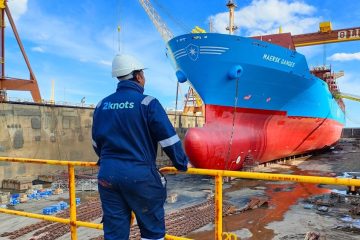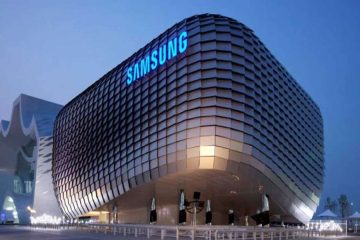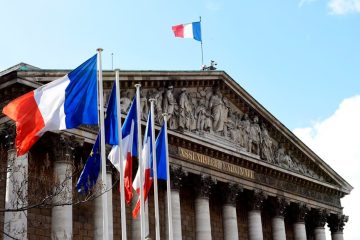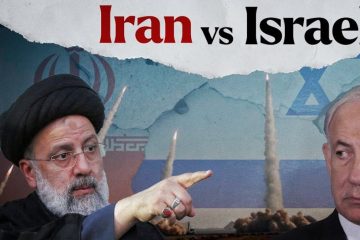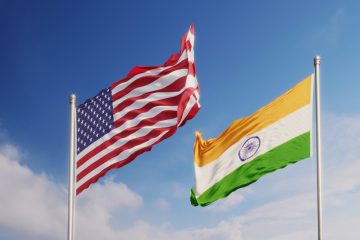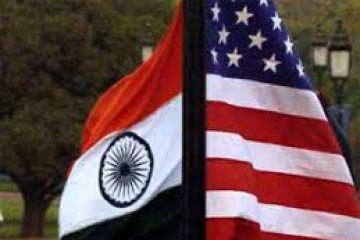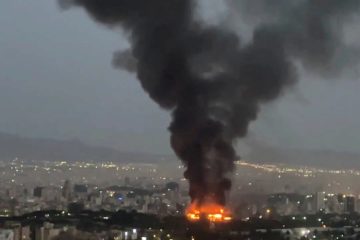How Putin’s Obsession With History Led Him to Start a War
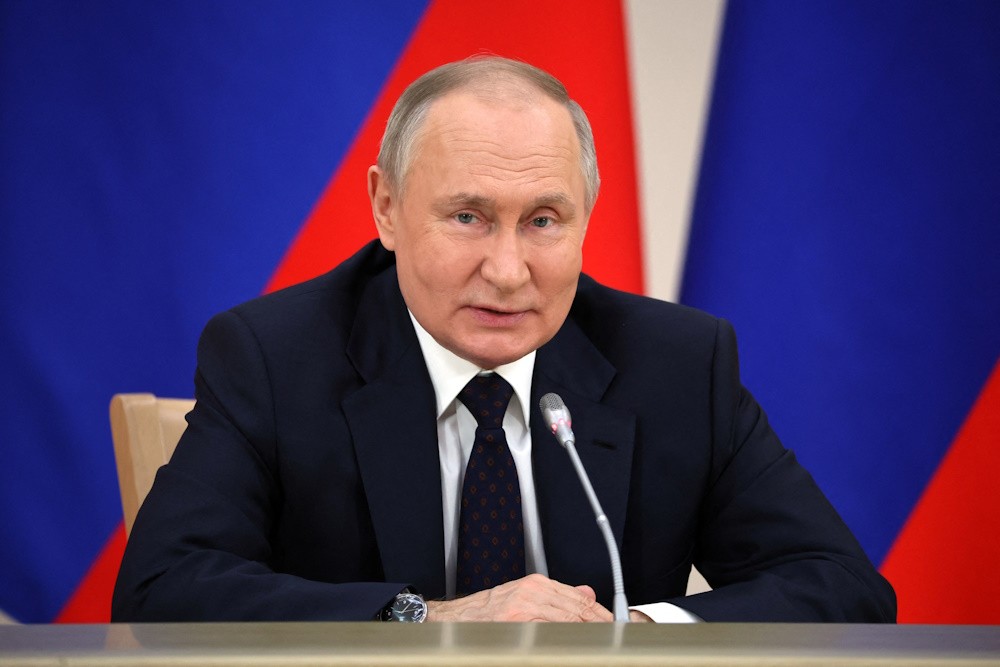
Russian President Vladimir Putin’s lengthy European history lesson, presented during a two-hour interview with Tucker Carlson a few days ago, may have seemed arcane to many viewers.
But as Putin recounted events of centuries past and trotted out 17th-century documents, he was expounding on deeply held views about the past, many widely disputed by historians, that have driven him to launch the continent’s bloodiest conflict since World War II.
Putin’s obsession with the history of Ukraine and the Slavic peoples is far from new. In 2008, as Putin sat down with then-U.S. Ambassador William Burns, now the director of the Central Intelligence Agency, he was blunt in expressing his vision.
“Don’t you know that Ukraine is not even a real country?” the Russian president asked, according to Burns.
Putin’s moves since—from his initial invasion of Ukraine in 2014 and the annexation of Crimea to the full-scale war Moscow launched in 2022—all stem from this conviction.
The country Putin keeps dismissing as “artificial” has been fiercely resisting Moscow’s attempts to end its independence for nearly two years, regaining half of the initially occupied territory.
Putin’s historical views aren’t unique to him. They have deep roots in the Russian Empire’s historical narrative that predates the 1917 Russian Revolution. The very name Ukraine and the printing of books and newspapers in Ukrainian were illegal in Russia at the time, with Ukrainians officially called “little Russians.”
The Russian president, according to Western intelligence officials, spent an inordinate amount of time during the Covid pandemic poring over historical texts. The result was a treatise, “On the Historical Unity of Russians and Ukrainians,” that was published in July 2021 and read out to every member of the Russian armed forces ahead of the invasion.
Putin’s long-winded and often factually erroneous explanations in the first half-hour of the Carlson interview essentially repeated the main talking points of that document—though often with some even more extreme modifications and additional historical revisionism, such as saying that Hitler had no choice but to invade Poland in 1939 and trigger World War II.
While this fixation on events of centuries past might seem bizarre, the issue of Ukrainian identity is core to Russia’s own foundational myth—and therefore, its current politics.
Both Putin and the Ukrainian president, Volodymyr Zelensky, are named after the Grand Prince of Kyiv who, in 988, converted to Christianity and baptized his state, Kyiv Rus, which encompassed large parts of today’s Ukraine, Belarus and Russia. (Moscow was founded more than a century after his death.)
Shortly after annexing Ukraine’s Crimean Peninsula (where the Grand Prince’s conversion occurred) in 2014, Putin ordered the construction of a giant statue of Prince Vladimir—Volodymyr to Ukrainians—just outside the Kremlin. The inconvenient fact that Kyiv today is the capital of a foreign country undermines Russia’s vision of itself as the true heir of Kyiv Rus’s glories, with a historic right to all lands once ruled by Kyiv’s princes.
In Putin’s telling, Ukrainian identity is an early 20th-century invention of Russia’s foe, the Austro-Hungarian Empire. The idea “that people residing in that territory were allegedly not really Russians, but rather belonged to a special ethnic group, Ukrainians, started being propagated by the Austrian General Staff,” he told Carlson.
Parts of Ukraine under Austrian rule at the time, such as the city of Lviv, indeed became centers of Ukrainian intellectual life—but only because writers, historians and poets from Kyiv had to seek refuge there as Russia outlawed the use of Ukrainian. In 1847, Ukraine’s national poet, Taras Shevchenko, was detained for writing patriotic poems and sent as a forcibly conscripted soldier to Central Asia. He was allowed to return to Ukraine more than a decade later, only to be rearrested.
Putin, who once spoke about reading Shevchenko in Ukrainian as a student, no longer mentions him in his version of history, as doing so would acknowledge that Ukrainian literature predates the supposed intrigues of the Austro-Hungarian General Staff.
In the meeting with Carlson, Putin also handed over copies of letters from Bohdan Khmelnytsky, whom he described as “the man who controlled the power in this part of Russian lands that is now called Ukraine.” Khmelnytsky’s title was hetman, or duke, of Ukraine—as attested in many portraits from his time.
Recognizing that the name Ukraine has been used for centuries, however, is taboo in Putin’s Russia. In May last year, the chairman of Russia’s constitutional court, Valery Zorkin, obsequiously handed over to Putin a 17th-century map that had been found in the court’s archives.
“Why did I bring it?” Zorkin said. “Because it doesn’t show any Ukraine.”
Putin was pleased as he examined the map, explaining once again how Ukraine only came into being as a result of the Russian Revolution in 1917. “Soviet authorities created a Soviet Ukraine. Everyone knows it well. Before that, there wasn’t any Ukraine in the history of mankind,” he beamed.
The map shown by Zorkin in May is well-known and exists in many copies. Right below Kyiv, the map bears an inscription: “Ukraine: The Country of Cossacks.”

